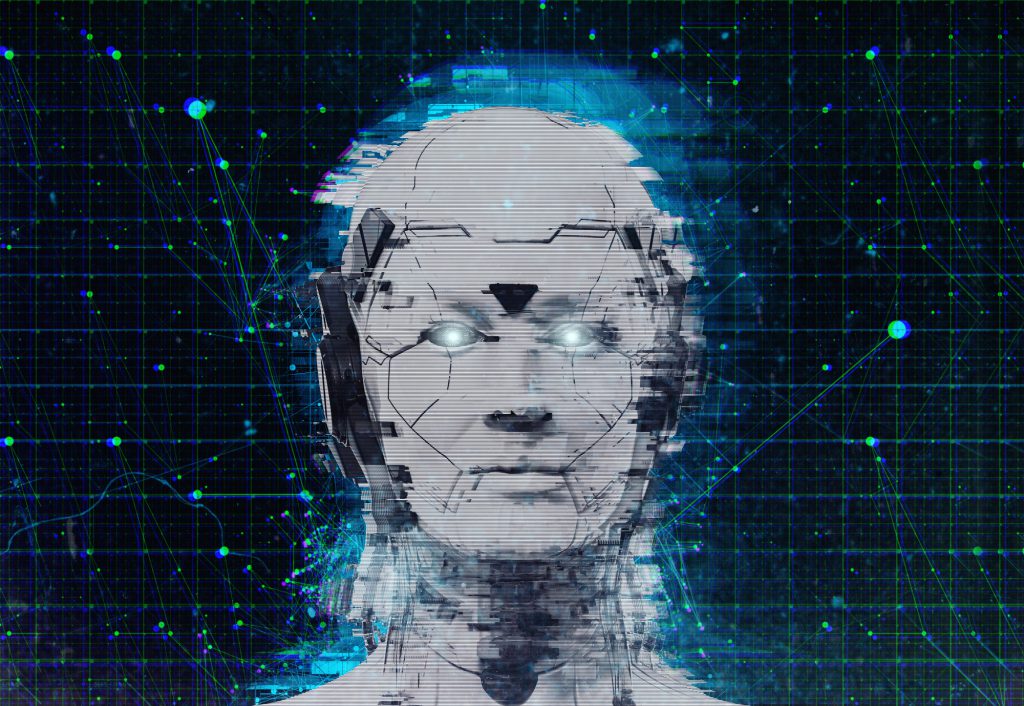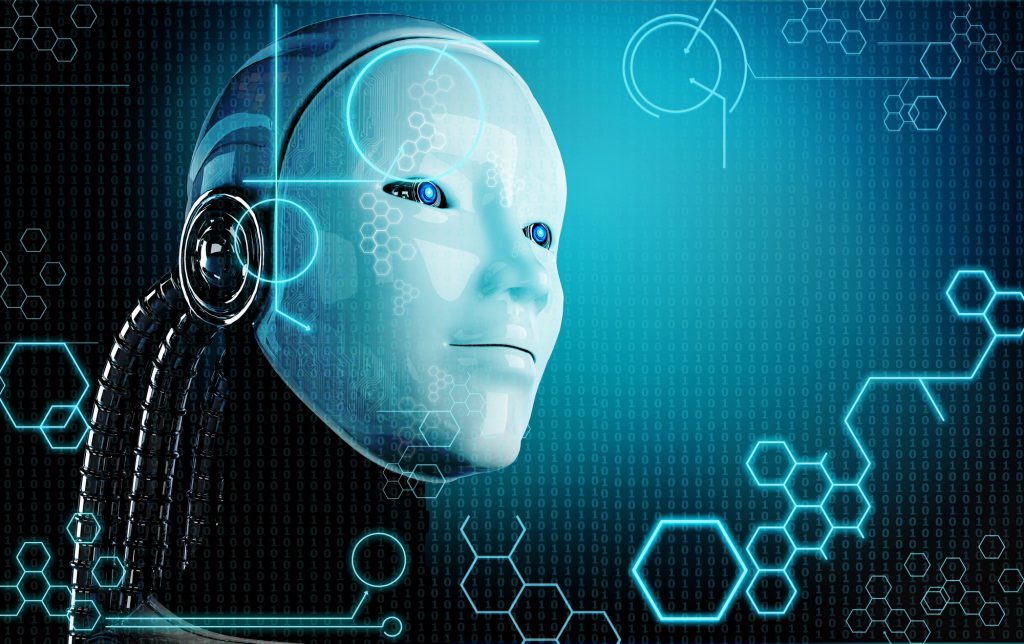How To Be More Specific When Talking About “AI” ?
In the realm of science fiction, we’ve been accustomed to fearing AI entities like Skynet, envisioning malevolent machines with consciousness of their own. However, in reality, AI is far from the monolithic, sentient force portrayed in movies. In this article, ‘Understanding Your AI Terminology: How To Be More Specific When Talking “AI,”’ we delve into the nuances of artificial intelligence.
AI is not a one-size-fits-all solution. Each AI application is uniquely tailored to solve specific problems or enhance certain user and customer experiences. By being more precise about how you refer to AI technology, you convey a clearer understanding of its role and capabilities. This, in turn, can foster more informed decisions, expectations, and innovations—especially crucial if you’re launching your own AI application.

Whether you’re integrating AI into an existing system or building from the ground up, being clear about your AI’s purpose is the first step towards success.
Is the Term “AI” Too Vague?
Artificial Intelligence (AI) has become a catch-all phrase, but this broad brush approach to terminology can obscure the distinct functionalities and potentials of various AI-driven technologies. Understanding and articulating the specific form of AI you’re engaging with is crucial for harnessing its full potential.
It’s time to hone in on the specifics, not just for clarity, but also for efficiency. Learn the history of AI’s multifaceted applications and understand why specificity is not simply correct terminology, but a cornerstone for efficiency and innovation.
Here’s how to speak AI with clarity and why entities like moblers are instrumental in bringing these nuanced technologies to life.
AI for Augmented Reality (AR): The Illusionists’ Genesis
Augmented Reality (AR) has its roots in the early 1990s, when the first fully immersive AR system was created at the U.S. Air Force’s Armstrong Labs. The blending of AI with AR was a game-changer, paving the way for smart applications that could react and change in real-time to a user’s environment. By specifying you’re using an “AI-powered AR tool,” you communicate not just the existence of a digital overlay but a dynamic interaction between the user’s world and digital augmentation.
For example, imagine using an AI-powered AR tool like the ones developed by our partners at Banuba within your fashion app. With this technology at your fingertips, the possibilities are limitless. It can analyze a user’s size, style preferences, and even real-time environmental factors like lighting. Based on this data, it can then recommend clothes that not only fit perfectly but also match their unique taste and the occasion they’re dressing for. It’s like having a personal stylist and tailor right in your pocket, accessible whenever and wherever you need it.
This is just one example of how AI and AR can work harmoniously to enhance user experiences and simplify decision-making processes. With Banuba’s cutting-edge technology, the future of fashion and personalization in apps is redefined, making it easier than ever for users to find that perfect outfit effortlessly.

AI for Virtual Reality (VR): Crafting Worlds with Intelligence
The concept of Virtual Reality (VR) has been around since the 1960s, yet it wasn’t until AI was integrated that VR environments could adapt and respond intelligently to users. Mentioning “AI-integrated VR environments” signifies that you’re discussing VR that’s not static, but is enriched with AI to create an experience that learns and evolves with user interaction.
Imagine an AI-integrated VR training program for healthcare professionals that adapt scenarios in real-time, based on the user’s responses. Trainees can practice complex procedures in a safe, controlled, but remarkably real-feeling environment, enhancing their skills more effectively.
AI for Chatbots: from Scripted Responses to Intelligent Conversations
Chatbots have existed since the 1960s, with ELIZA being one of the first. However, when AI was introduced, it revolutionized chatbots from simple scripted responders to sophisticated conversationalists. An “AI-driven chatbot” indicates a system capable of understanding context and sentiment, leading to more human-like interactions. 🤖💬
You could create an AI-driven chatbot on an e-commerce platform to not only answer FAQs, but to understand customer sentiments, suggest products based on browsing habits, and resolve complex issues with human-like understanding, elevating the entire shopping experience.
Generative AI (Visual/Sound/Motion): Beyond Creation to Personalization
Generative AI emerged from the need to produce new, unique content rapidly. This AI branch, particularly with visuals, sounds, and motion, became pivotal in industries where personalized content at scale was necessary. An “AI-based generative design software” refers to tools that don’t just create but tailor outputs to specific user inputs or preferences.

Generative AI has become a cornerstone of personalization technology as it helps tailor experiences specifically to individual users by producing unique visual, auditory, and kinetic content. Here are how companies are harnessing this technology:
Visual
Company: NVIDIA
NVIDIA’s Deep Learning AI has revolutionized content creation with tools like GauGAN, which converts simple sketches into photorealistic landscapes. This kind of visual generative AI can be utilized by architectural firms to visualize end designs from rudimentary plans, providing clients with a more immersive understanding of the project.
Sound
Company: AIVA (Artificial Intelligence Virtual Artist)
AIVA specializes in creating original music compositions using AI. Game developers can use AIVA’s AI to generate adaptive soundtracks that respond to gameplay events in real-time, providing a custom auditory experience that aligns with the emotional and narrative arcs of the game.
Motion
Company: Adobe
Adobe’s Character Animator uses AI to animate characters based on the motion capture of voice and facial expressions. This allows animation studios to produce cartoons that better reflect the nuances of human emotion, with characters responding dynamically to voice-over artists’ performances.
Personalized Generative AI
Company: Spotify
Spotify’s recommendation engine is a form of generative AI that curates personalized playlists for each listener based on their listening history. By analyzing thousands of music attributes, Spotify can recommend songs that keep listeners engaged, often introducing them to new artists and genres that they are likely to enjoy.
Generative Design
Company: Autodesk
Autodesk uses AI in its generative design software to help engineers create more efficient designs by exploring all possible permutations of a solution, quickly generating design alternatives. It tests and learns from each iteration what works and what doesn’t.
E-Commerce Personalization
Company: Stitch Fix
Stitch Fix uses generative AI to personalize the shopping experience. Their algorithms analyze customer preferences and feedback to tailor clothing selections, creating a custom-tailored ‘fix’ of apparel items that appeal to individual tastes and styles.
Real-Time Video Editing
Company: Runway ML
Runway ML uses generative AI to enable real-time video editing and visual effects that adapt to the content within the footage. This can help content creators and marketers generate more engaging and visually stunning videos, customized to the theme and message of the content.
AI in Healthcare: The Diagnostic Revolution
AI’s integration into healthcare began with simple pattern recognition but has now evolved into systems capable of predicting patient outcomes and assisting in complex diagnostic processes. The term “AI diagnostic systems” signifies a leap from reactive to proactive healthcare, where predictions can lead to preventative measures.
An AI diagnostic system employs historical data to forecast potential outbreaks within communities, allowing healthcare providers to allocate resources more effectively and potentially save lives through preventative care.

AI in Autonomous Vehicles: From Driver Assistance to Autonomy
The autonomous vehicle industry started with driver-assist technologies and has been steering towards full autonomy, with AI at the helm. By specifying “AI-driven navigation systems,” one implies a sophisticated network of sensors and algorithms capable of making decisions with little human intervention. 🎮🚗
An AI-driven navigation system in your fleet management software is not only to track vehicles, but also to analyze traffic data, optimize routes, and reduce fuel consumption, resulting in cost savings and improved delivery times.
Predictive AI in Customer Service
AI in customer service has evolved from automated responses to predictive assistance, with systems that can anticipate needs based on customer data. “AI-enhanced customer support tools” refer to this evolution, where the focus is on preemptive solutions rather than reactive responses.
Integrating an AI-enhanced customer support tool into your telecom services can predict and address network issues before they affect customers, ensuring uninterrupted service and increased customer loyalty.
Clarity Is Key When Talking AI Technologies
When launching an app or chatbot product, clarity in the role AI plays is vital for setting expectations, aligning goals, and ensuring the end product not only meets but exceeds its intended purpose. Understanding the distinct branches of AI is vital for developers, businesses, and users alike. It’s the difference between a generic tool and a precision instrument tailored for a specific purpose.
Being precise with AI terminology not only enhances communication but also aligns expectations and drives innovation. And when it comes to implementing these technologies, specificity is key in crafting solutions that resonate with user needs and industry trends.
If you’re looking to improve user engagement with AR, personalize learning in VR, enhance customer service with chatbots, or revolutionize design with generative AI and harness the power of AI for your business, the “moblers mob” is just a call away. As experts in AI applications across a broad spectrum, we can help you navigate the complex landscape and create a digital product that adds value to your business.